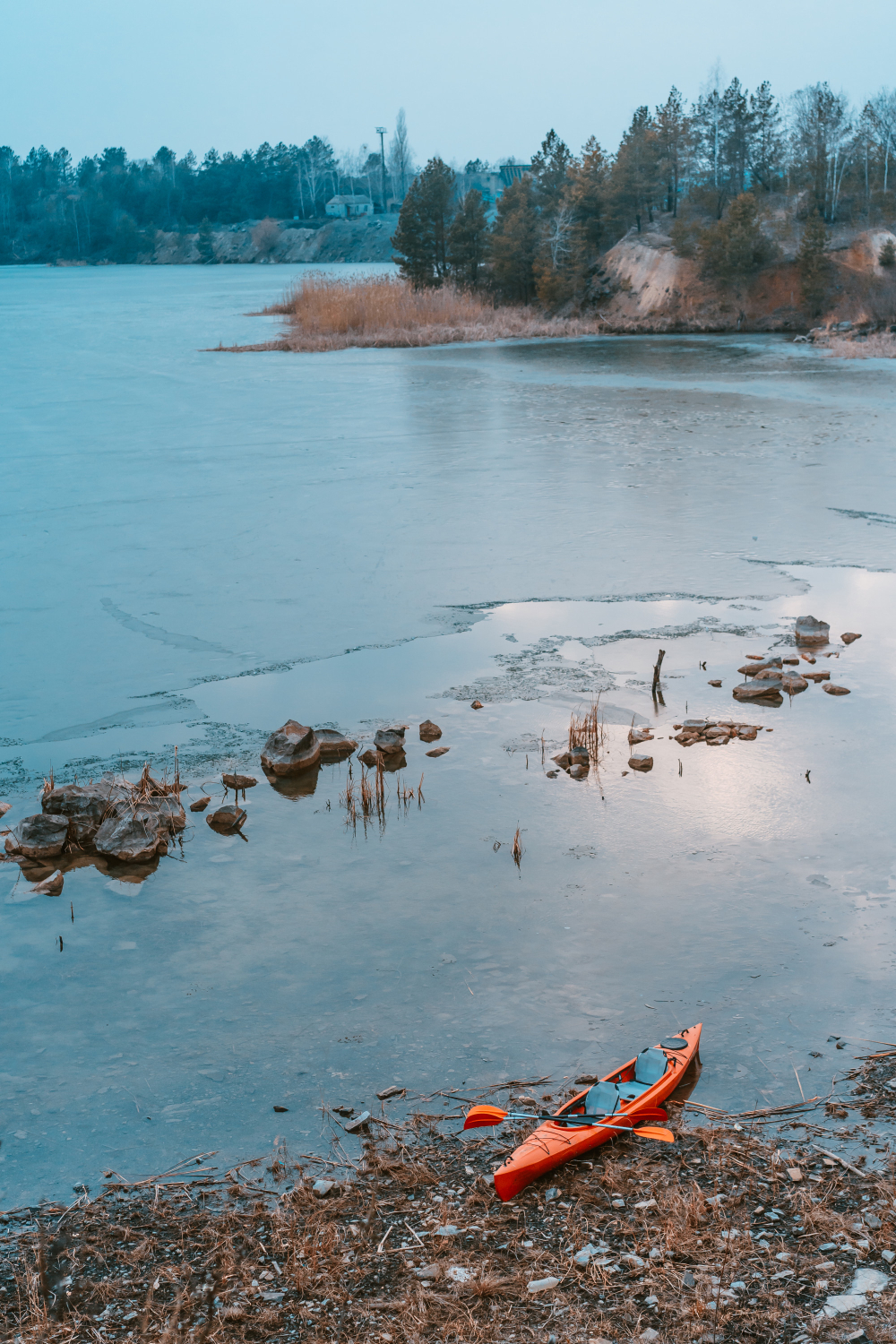
Lakes and ponds are dynamic ecosystems, and seasonal changes can have a huge impact on their health. From temperature fluctuations to varying precipitation levels, each season brings unique challenges that can affect water quality, aquatic life, and overall usability. It’s important to understand these effects in order to maintain a healthy and balanced lake year-round.
In this blog post, the team at Aquatic Restoration looks into how seasonal changes affect lake health and the effective solutions to implement. We are passionate about maintaining lakes and ponds in tiptop condition because it’s our area of specialization. Keep reading for practical tips on what you can do to keep your lake or pond in peak condition.
Spring brings increased rainfall, snowmelt, and warmer temperatures, which can trigger nutrient surges in lakes. Excess nutrients, such as nitrogen and phosphorus, fuel algae growth, leading to unsightly blooms and reduced oxygen levels in the water. To manage springtime algae, lake managers can implement aeration systems to improve oxygen circulation, introduce beneficial bacteria to break down excess nutrients, and carefully monitor fertilizer runoff from surrounding areas.
Hot summer temperatures can reduce water levels due to evaporation, concentrating pollutants and stressing aquatic life. Low water levels also make fish and other organisms more vulnerable to temperature fluctuations and decreased oxygen levels. Solutions include installing aerators or fountains to improve oxygenation, adding shade structures or floating vegetation to cool the water, and monitoring water quality regularly to detect potential imbalances before they become severe.
Autumn brings falling leaves and other organic debris that accumulate in the water. As this material decomposes, it can increase nutrient levels and contribute to algae growth and affect water clarity. Removing excess debris, using skimmers, or installing barriers along the shoreline can help prevent accumulation. Additionally, applying aeration or beneficial bacteria treatments during this season can assist in breaking down organic matter efficiently. If you need help with maintaining your lake during fall, get in touch with a local lake management service provider.

In colder climates, winter ice cover can limit gas exchange, reducing oxygen levels and stressing fish populations. Accumulated snow on ice can further limit sunlight penetration, thereby affecting photosynthesis and overall water quality. The common solutions to these problems include maintaining open areas of water using aeration devices or de-icers and monitoring oxygen levels to prevent winterkill events. Planning ahead for winter ensures that aquatic life survives until spring.
While seasonal challenges differ, some maintenance practices are essential throughout the year. Regular water testing helps detect nutrient imbalances, pH fluctuations, and contaminants early. Shoreline stabilization prevents erosion, while controlling runoff reduces the introduction of excess nutrients and sediments. Periodic inspections of aeration and filtration systems ensure they function efficiently when seasonal changes demand the most.
Do you need professional lake management services in Georgia? Look no further than Aquatic Restoration. Perhaps excessive algae blooms have turned your lake into an unsightly green mess, or the water looks murky, indicating poor water quality and an imbalance in the aquatic ecosystem. These issues not only affect the lake’s appearance but also its ecological health and usability. Fortunately, Aquatic Restoration is here to help you keep your lake in top shape. We are a top-rated lake services company with over 35 years of experience. We offer a wide range of services, including dredging, retention pond maintenance, siphon installation, spillway renovation, and many more.
Lakes are vital ecosystems that support wildlife, protect water quality, and enhance the quality of life for surrounding communities. Whether…
If you’re reading this, there’s a good chance you’re sick and tired of dealing with aquatic weeds that never…
Lake management is an integral part of keeping lakes healthy, functional, and beautiful for generations to come. Not only…
When people think of lake management, they often picture large-scale restoration projects involving acres of water and heavy…
Is your once beautiful and sparkling lake looking murky? Does excessive algae or scum on the surface turn it into…